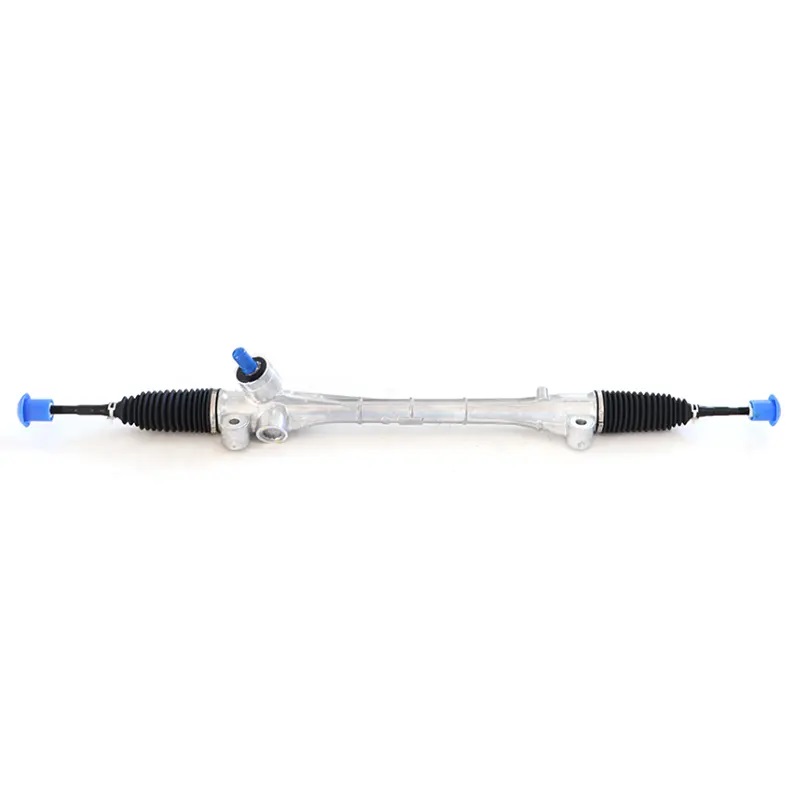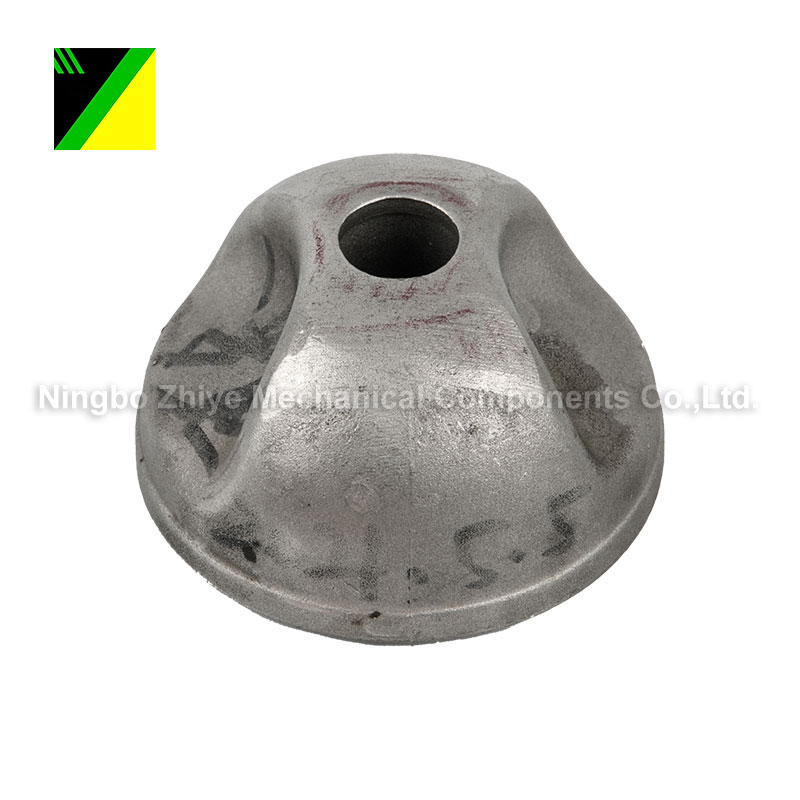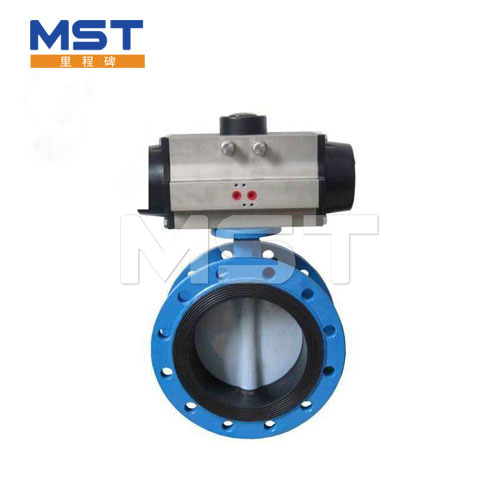Steering Rack
A steering rack, also known as a rack and pinion steering system, is a crucial component in a vehicle's steering mechanism. It is responsible for translating the driver's steering input into the necessary movement to turn the wheels and steer the vehicle. The steering rack is typically locat......
Send Inquiry
Product Description
A steering rack, also known as a rack and pinion steering system, is a crucial component in a vehicle's steering mechanism. It is responsible for translating the driver's steering input into the necessary movement to turn the wheels and steer the vehicle. The steering rack is typically located in the engine compartment and connects to the steering wheel and the wheels of the vehicle.
Here are some key features and functions of a steering rack:
1. Rack and Pinion System: The steering rack operates on the rack and pinion system, which consists of a horizontal metal bar (the rack) with teeth that mesh with a pinion gear. When the driver turns the steering wheel, the rotation of the wheel is converted into linear motion by the rack and pinion system.
2. Steering Input: The steering rack receives the driver's steering input through the steering wheel. As the driver turns the wheel, the movement is transmitted to the steering rack, causing it to move accordingly.
3. Tie Rods: The steering rack is connected to the front wheels of the vehicle through tie rods. The tie rods transmit the movement of the steering rack to the steering knuckles, which turn the wheels.
4. Power Assistance: Some steering racks are equipped with power assistance, commonly known as power steering. Power steering helps reduce the effort required to turn the steering wheel, making it easier for the driver to maneuver the vehicle, especially at lower speeds or when parking. Power assistance can be provided hydraulically or electrically, depending on the vehicle's design.
5. Seals and Lubrication: The steering rack contains seals and lubrication to ensure smooth and efficient operation. The seals prevent fluid leaks, while lubrication minimizes friction and wear on the rack and pinion components.
6. Maintenance and Repair: Over time, the steering rack may require maintenance or repair. Common issues include leaks, worn-out components, or damaged seals. Regular inspections, fluid checks, and proper maintenance can help prolong the life of the steering rack and ensure safe and reliable steering.
7. Steering Sensitivity and Responsiveness: The steering rack plays a significant role in determining the sensitivity and responsiveness of the vehicle's steering. A well-maintained and properly functioning steering rack contributes to precise and predictable steering control.
It's important to note that the design and specific features of steering racks can vary depending on the vehicle's make and model. Consult the vehicle's manufacturer or a qualified automotive professional for detailed information and guidance regarding the steering rack system in your specific vehicle.
Regular maintenance, such as checking for leaks, maintaining proper fluid levels, and addressing any signs of steering issues, is crucial for the proper functioning and longevity of the steering rack. If you experience any unusual steering behavior, such as excessive play or difficulty in turning the wheel, it is recommended to have the steering system inspected by a qualified mechanic.










